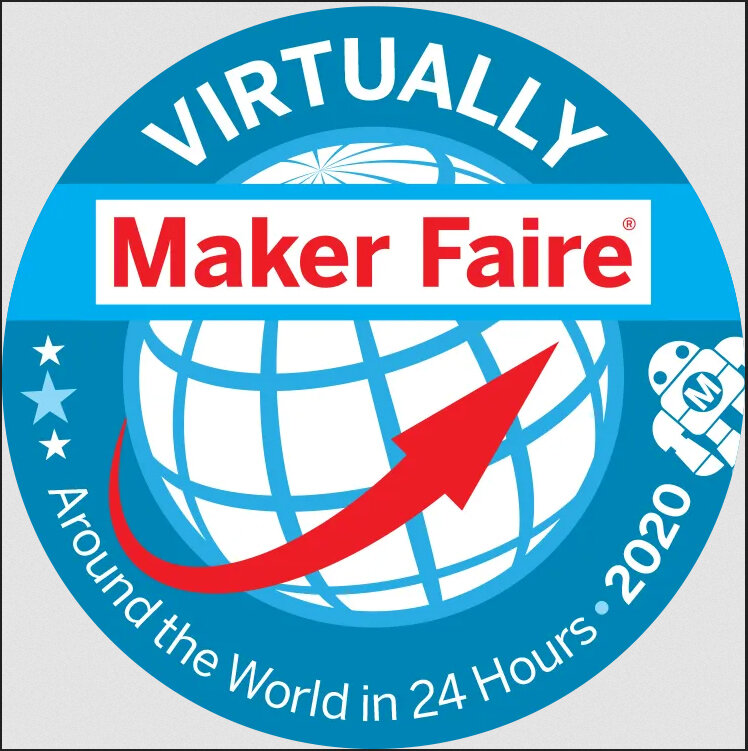Maker Faire is a world-wide phenomenon that has introduced people around the world to the idea that you can learn and grow through hands-on Maker activities. It’s run by the same company that published many of my Maker books for kids and other beginners and is now running Maker Camp, a wonderful resource for parents. And this year, with the global shutdown, the flagship event is going online!
For 24 hours on Saturday, May 23, you can watch talks by adults and kids who are making equipment to help us all stay safe from COVID-19, learn about projects of all kinds to make our lives better now and into the future, and see what people are doing to challenge themselves and provide fun and entertainment for others.
Here are the panels I’m moderating for this year’s Maker Faire and links to the videos. I hope you find them inspiring!
What will school look like in the new-normal world? How can we combine the best of traditional classroom, remote, and homeschool education? I talk with a panel of public, charter, library, and homeschooling maker-educators — Kristina Holzweiss, Bianca Forrester, Peter Rawitsch, and Rick Shertle — to discuss what models might work best for the diverse population of students, parents, and educators in the US and around the world.
While hospitals for the most part have finally found commercially-made supplies, there’s still high demand for re-usable, washable cloth face masks from office, retail, and services workers as well as the general public. I talk with mask creators Todd Thomas and Kelly Cheatle as we go through the challenges of designing an effective mask to make at home, from sourcing materials to breathability, and discuss how and why this low-tech solution to the problem of containing the coronavirus pandemic is so important to our country's recovery.
This page may contain affiliate links. Thanks for helping me to keep producing great learning advice and activities for kids!





